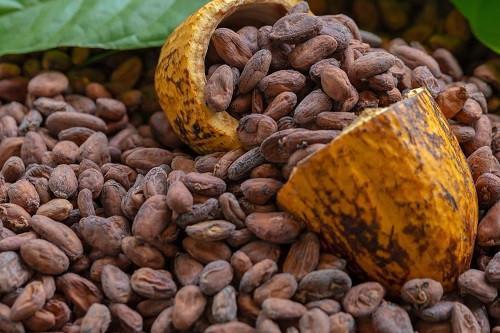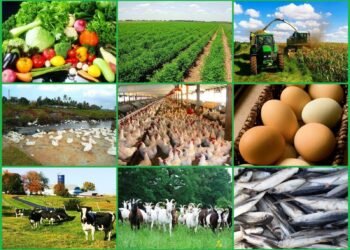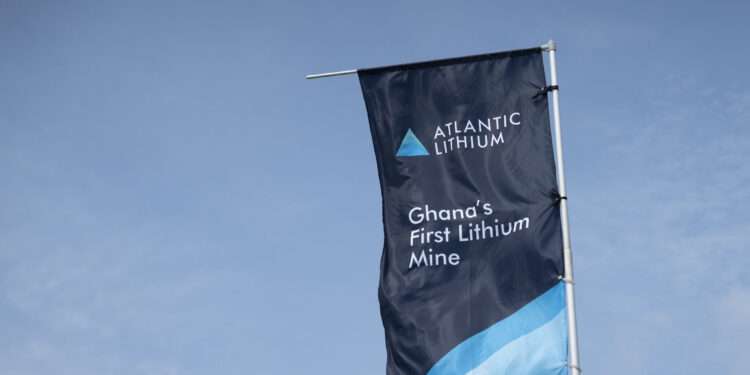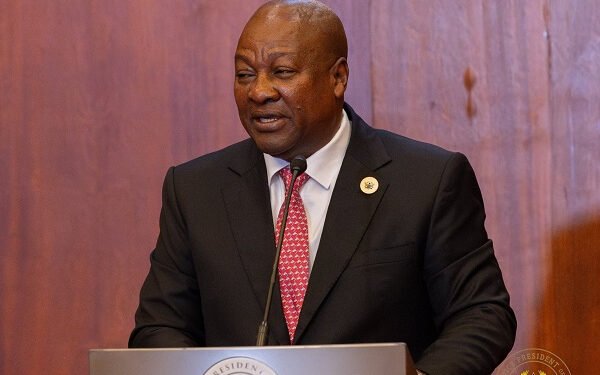Ghana, the world’s second-largest cocoa producer, has taken the global cocoa industry by surprise after announcing an accelerated start to its 2025–26 cocoa season.
Deliveries to warehouses in August more than quadrupled compared with the same period last year, sending early ripples across the global chocolate market.
According to industry insiders, cocoa arrivals reached 50,440 metric tons in the four weeks ending September 4, a sharp increase from just 11,000 tons recorded during the same period in 2024. The government’s decision to move the season’s opening from October to August gave farmers early access to cash, strengthening supply flows and easing some of the tightness in the international cocoa market.
One of the main drivers of the surge was the government’s decision to raise the farmgate price of cocoa. Farmers are now being paid 3,228.75 cedis ($261) per 64-kilogram bag, reflecting a 4.2% increase from the previous season. The adjustment not only bolstered farmers’ income but also reduced incentives for smuggling beans across borders to countries like Ivory Coast, where prices are sometimes higher.
“Farmers feel more motivated to sell locally because the prices are competitive, and payments are prompt,” said one trader familiar with the matter. The higher farmgate price was designed to appease growers who bore the brunt of multiple seasons of poor harvests, worsened by climate shocks and disease outbreaks.
Global Market Reaction
The quadrupling of Ghana’s cocoa arrivals has provided some temporary relief to the global cocoa market, which has struggled with record-high prices in recent years. Poor harvests across West Africa, coupled with strong global demand, drove New York cocoa futures to historic highs last year.
Traders are closely monitoring Ghana’s sudden surge, with some analysts suggesting that early deliveries may ease global shortages in the short term. However, the market remains tight, and prices are still well above historical averages. A surplus is expected in the 2024–25 season, but concerns about climate variability and structural challenges in West Africa continue to cast a shadow over long-term supply stability.
Ghana’s Battle Against Smuggling
Cocoa smuggling across Ghana’s borders into Ivory Coast and other neighboring countries has long undermined the country’s official output figures. With farmgate prices often differing between the two largest producers, smugglers exploited the gap to sell beans illegally for higher returns.
This year, however, Ghana appears to be gaining some ground in its fight against smuggling. By raising local prices and improving the tracking of cocoa through a new funding model—where top exporters help finance purchases—the country has strengthened its grip on the supply chain. The new system allows better monitoring of beans from farms to warehouses, minimizing the chances of illicit trade.
Despite past struggles with declining output, Ghana is optimistic about the new cocoa year. Officials have forecast production at 650,000 metric tons for the 2025–26 season, up from 600,000 tons in the previous cycle. While modest compared to historical peaks, this recovery signals resilience in the sector after years of weather-related challenges.
Most of the beans delivered so far are expected to head for export markets, though local processors will also benefit from the early supply. With global demand for chocolate remaining strong, Ghana’s improved performance could help stabilize prices while boosting foreign exchange earnings for the country.
Ivory Coast to Respond with Price Hike
Ghana’s move has also put pressure on its neighbor, Ivory Coast—the world’s top cocoa producer—to take similar steps. Farmers in Ivory Coast are waiting for the government’s announcement on new farmgate prices, expected at the start of the season on October 1. Analysts believe Accra’s decision to raise prices and start its season early may influence Abidjan’s strategy as both nations compete to maximize farmer satisfaction and retain beans within their borders.
While Ghana’s bumper August deliveries are welcome news for the global cocoa supply chain, market watchers remain cautious. The structural challenges of the sector—including aging trees, limited access to fertilizers, and the threats posed by climate change—continue to constrain long-term productivity.
For now, chocolate manufacturers and traders are enjoying a brief reprieve as Ghana floods the market with early shipments. But whether this momentum can be sustained throughout the season remains uncertain.
By quadrupling cocoa arrivals before the official start of the season, Ghana has reasserted itself as a key player in the global cocoa market. The combination of higher farmgate prices, early payments to farmers, and tighter supply chain monitoring has not only boosted domestic confidence but also cooled international price pressures.
Still, the global chocolate industry will be watching closely. With demand showing no signs of slowing and climate risks persisting, Ghana’s bold move may prove to be a temporary relief in a market that remains precariously balanced between scarcity and surplus.
READ ALSO: Inflation Unshaken Despite Power Tariff Hike, Thanks to Favorable Base Effect – Analysts























